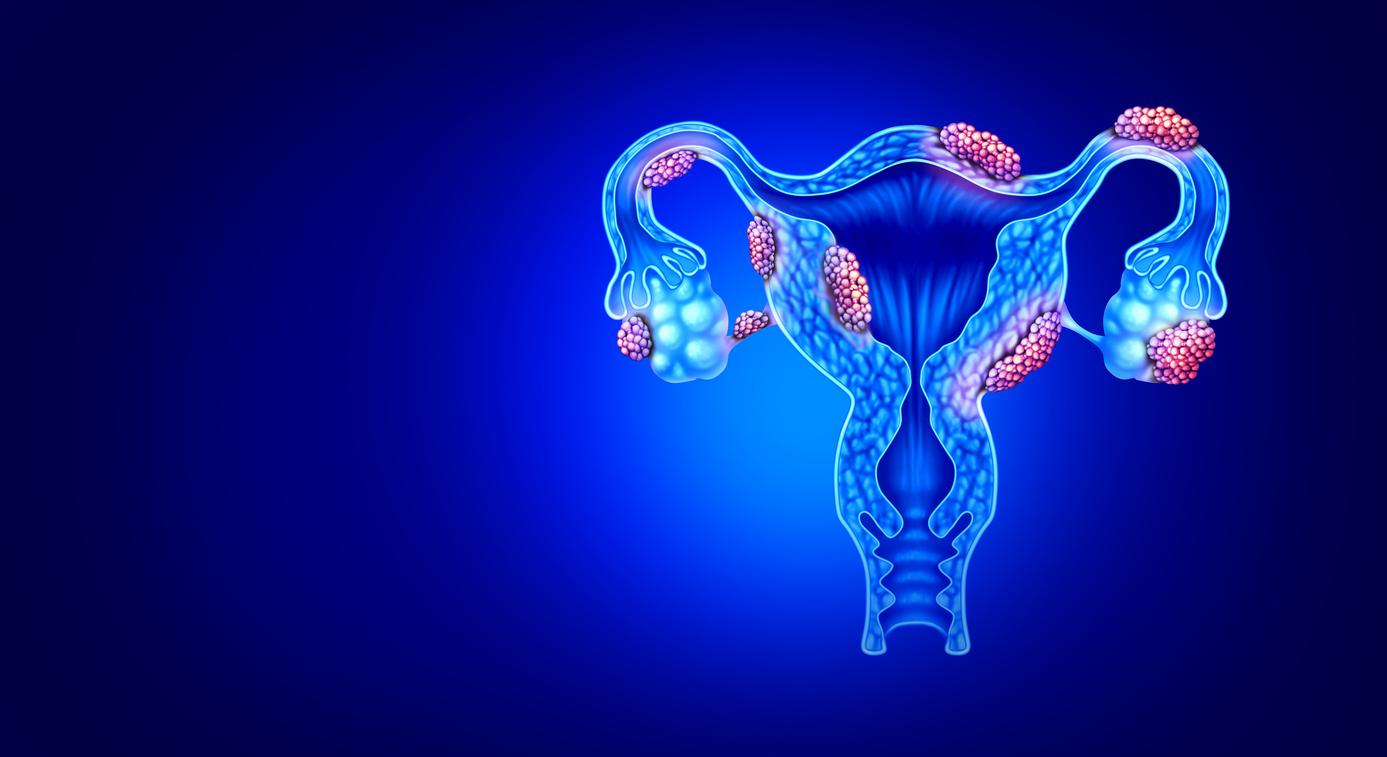February 17, 2009 – Followers of Zen meditation are less sensitive to pain than people who do not practice meditation, according to the results of a Montreal study1,2,3.
The study was carried out on 13 subjects practicing meditation according to Zen Buddhism4 and a control group made up of 13 people not familiar with this practice. According to the results, the meditation group had a higher pain tolerance threshold than the participants in the control group. In addition, meditation would have allowed them to reduce the intensity of pain by 18%.
The participants were subjected to a pain resistance test. A hot plate was applied to their calves. Subsequently, the heat of the plate was gradually increased, up to the limit of the tolerable for each.
It is by breathing more slowly that the followers of Zen meditation would be able to increase their pain tolerance threshold. Participants in the meditation group took an average of 12 breaths per minute compared to 15 for the other subjects.
Suffering according to Buddhism
It is no accident that scientists are interested in the effects of Buddhist meditation on pain. The very foundations of Buddhism are indeed based on the existence of suffering and the means to transcend it, which is summarized in the four noble truths of the teaching of Gautama, the historical Buddha:
- Dukkha, the first noble truth, teaches that existence, as we know it, is suffering;
- Samudaya, the second noble truth, reveals the origin of suffering: greed and ignorance;
- Nirodha, the third noble truth, states that the cessation of suffering is possible;
- Magga, the fourth noble truth, indicates the path leading to the cessation of suffering: the “noble eightfold path” or “holy way of the eight limbs”.
The traditional teaching of Buddhism puts these four noble truths in parallel with the doctor’s approach since the latter first states a diagnosis, searches for the cause of the disease, sees if a cure is possible and finally prescribes a remedy. The results of the Montreal trial indicate that the Buddhist teaching may not be just allegorical since its practice could have real analgesic effects.
Pierre Lefrançois – PasseportSanté.net
According to Forum.
1. Grant JA, Rainville P. Pain sensitivity and analgesic effects of mindful states in Zen meditators: a cross-sectional study. Psychosom Med. 2009 Jan; 71 (1): 106-14.
2. The Forum newspaper, of the University of Montreal, presents a short video report about this essay: news.umontreal.ca.
3. The researchers, attached to the Department of Psychology at the University of Montreal, received financial support from the Canadian Institutes of Health Research, the Quebec Health Research Fund and the Mind and Life Institute. The Mind and Life Institute brings together, on an international scale, several dozen scientific researchers in the fields of medicine, psychology and neuroscience as well as respected mystics including Tenzin Gyatso, the current Dalai Lama, head of Buddhism. Tibetan, and Father Thomas Keating, abbot of the Christian monastic order of the Cistercians. This institute is dedicated to scientific research into the links between body and mind.
4. Japanese variant of traditional Buddhism.















